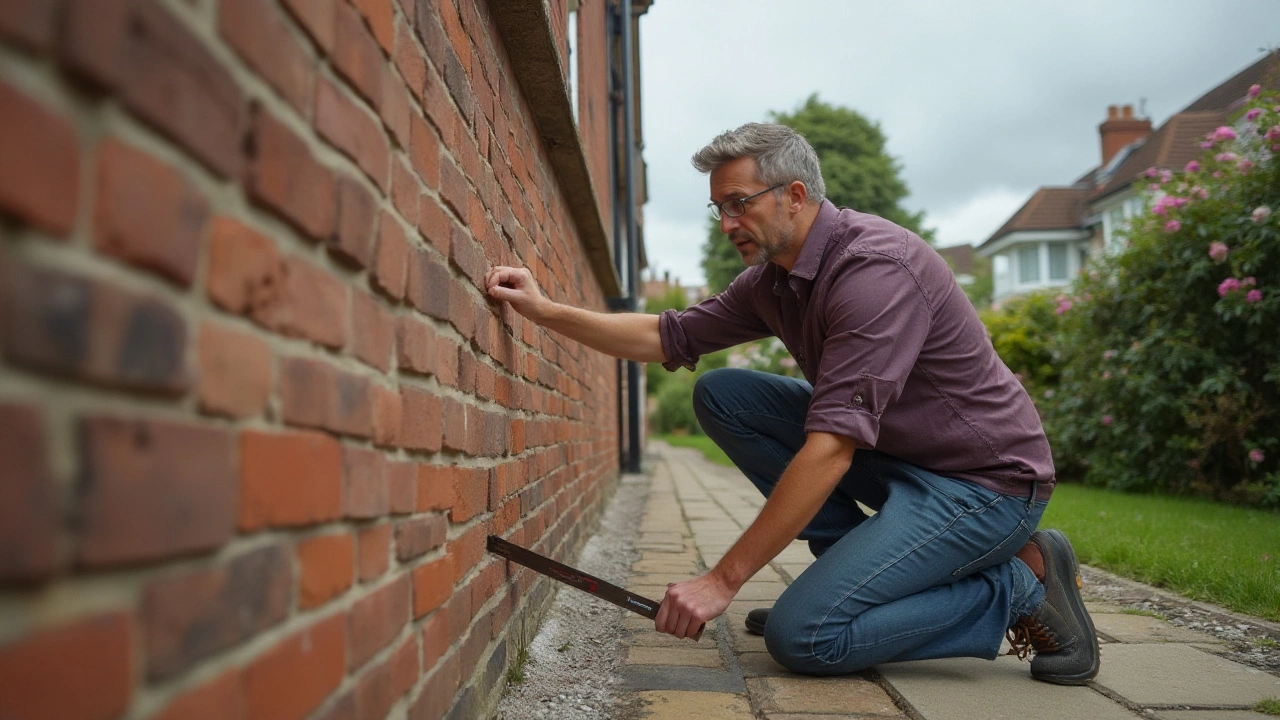Foundation Stability: Why It Matters for Your Garage Door
Ever notice a garage door that sticks, lurches, or makes weird noises? Chances are the problem starts beneath the floor. A solid foundation holds everything steady – the house, the walls, and especially the heavy door that opens and closes dozens of times a day. When the ground shifts or settles, the door frame can warp, the tracks can misalign, and you end up with a pricey repair that could have been prevented.
Why Foundation Stability Matters for Garage Doors
The garage door is one of the heaviest moving parts on a property. Its springs, rollers, and tracks rely on a level, unmoving base. If the slab or footings dip even a few millimetres, the door’s balance goes off and the motor works harder. Over time this extra strain wears out components faster and can even cause the door to fall off its track, which is a safety hazard.
Beyond the door itself, a weak foundation can lead to cracks in the walls, uneven floors, and water seepage. All of these issues affect the overall integrity of the home and can lower its resale value. Spotting foundation problems early saves you from dealing with a cascade of repairs later on.
Practical Steps to Test and Strengthen Your Foundation
Start with a simple visual check. Walk around the garage and look for any cracks in the concrete slab, gaps where the floor meets the walls, or doors that no longer sit flush. Use a level on the door tracks – if the bubble is off-center, the floor is probably not level.
Next, try the “finger test.” Press your fingertips into the concrete near the door. If the surface feels soft or crumbles, moisture may be weakening the base. In wet climates, drainage issues are a common cause, so make sure gutters direct water away from the garage.
If you find any of these red flags, it’s time to act. Minor cracks can be sealed with epoxy filler, which restores strength and prevents water entry. For larger gaps or uneven settling, you may need a professional to install steel piers or helical piles that lift and stabilize the slab.
While you’re at it, reinforce the door’s mounting points. Use heavy‑duty brackets anchored into solid concrete rather than just the surface. This extra anchoring distributes the door’s load more evenly and reduces stress on a shaky foundation.
Regular maintenance pays off. Schedule a yearly inspection of the garage door and its surrounding floor, especially after heavy rains or freeze‑thaw cycles. Catching a small movement early means a simple adjustment instead of a full foundation repair.
In short, a stable foundation is the silent hero that keeps your garage door running smoothly and your home safe. Keep an eye on cracks, level your tracks, and don’t ignore drainage problems. A little attention today stops big headaches tomorrow.

Understanding the Impact of Horizontal Foundation Cracks on Your Home
Jan 17, 2025, Posted by Damon Blackwood
Horizontal foundation cracks can be a serious issue for homeowners, as they may indicate structural problems that require immediate attention. The severity of these cracks can range from minor to significant, depending on various factors such as size, location, and the underlying cause. This article delves into the potential impact of horizontal foundation cracks, how to identify them, and tips on what actions to take. Early detection and proper repair can prevent further damage and protect your home's foundation.
MORESEARCH HERE
Categories
TAGS
- foundation repair
- commercial construction
- construction
- new builds
- home improvement
- home renovation
- bathroom renovation
- construction materials
- home foundation
- renovation tips
- residential construction
- building types
- contractor
- foundation cracks
- home construction
- architectural services
- building codes
- construction differences
- home inspection
- kitchen installation